Last night the Council had a lengthy discussion focused on what the “end date” should be for our temporary downtown Laurel Street configuration. I say “end date” in quotes because the Council can extend or adjust the date at any time…at least to some extent.
Public Decisions Cannot Be Arbitrary or Capricious
But why not just make the program open-ended (which was one of the options considered last night)? The reason the Council can’t do that has to do with how public authority interacts with private property.
Consider a public street with homes or other private buildings along it. While local government essentially owns the street it cannot forbid access to the street from the adjoining private properties. To do so would violate the law. Similarly, the Council can’t just simply close Laurel Street to vehicular traffic.
A community can temporarily restrict or block access to a public road provided it’s for a reasonable, lawful purpose (that’s how the Council can close Laurel for things like the Art & Wine Faire). To make the change permanent, however, requires a lengthy process involving research into alternatives and consequences and opportunities for interested parties to opine on the change. The final decision must be based on a series of findings showing the conversion was reasonable under the circumstances.
Since the Council adopted the “pandemic configuration” quickly (not a criticism!) none of that was or could’ve been done. Consequently, the configuration must be temporary, with a defined end date…even if that end date shifts in response to new Council decisions.
Last Night’s Decision
So what end date did the Council choose? On a vote of three to two (Ron and I opposed) the end date was set as September 1, 2021. Earlier dates were considered but rejected, I believe because of a desire to have the configuration last through the good weather season.

Personally, I don’t have a strong objection to such a late end date…except that it fails to address the concerns of the non-restaurant retail and commercial businesses along Laurel Street. Which is why I voted against it.
I was gratified to hear my colleagues articulate a greater sensitivity to the needs of the non-restaurant businesses and a greater appreciation that those firms have not generally benefitted from the pandemic configuration as much as had been hoped1.
You may recall the theory behind allowing open-air dining was it would provide an outlet for residents otherwise holed up at home to come out to dine and shop. And incidentally support all our local businesses. Part of the theory — encouraging people to come out to dine — worked. The part about increasing foot traffic to stores has not, so far as I’ve seen and heard2.
There was a general consensus expressed that staff needs to research the consequences of what we’ve done more thoroughly and across all businesses. I wish that direction had been given when we discussed the program earlier (I’ve been pushing the need for better information for quite a while, until last night without success). Which is why I worry we may be doing too little too late to figure out what might provide more help to non-restaurant businesses, leading me to vote against the extension as proposed. But at least it’s a start.
Sadly, we’ve already lost at least one business, Harvest (next to Peets). Their staff told me they had to close, in large part, because of how we’ve been closing parts of Laurel and Cherry. While the Council’s responsibility does not extend to ensuring the survival of any particular business we are responsible, in my opinion, for creating and maintaining a level playing field for all relevant businesses to compete on. Consequently, when we change the rules — particularly during a crisis! — we should do so as even-handedly as we can…which I don’t think we’ve done, albeit not deliberately, in this case.
This does not mean “help the restaurants less”. That’s zero-sum thinking, which rarely leads to good decisions on complex public policy issues. No, what we should be doing, and should have already been doing, is recognize that while crises require quick, thoughtful action they also demand close monitoring of outcomes and rapid evolution of responses if reality falls short of the expected outcomes. We did the first part successfully. But not the follow-on work.
Instead we stuck with what we were doing because it seemed to be working, at least to some extent. But “stay the course” isn’t a good strategy when you legitimately can’t be sure what course you’re on or whether it’s the right/best one. That’s where a willingness to learn quickly is helpful.
Interestingly, there were a number of public comments made last night on this item, all but one of which were made by San Carlos restauranteurs. They were all in favor of extending the closures as is. The one person who operated a non-restaurant business who called asked that the program not be extended, or at least not without modifications which would level the playing field. While it’s only anecdotal it highlights an interesting contrast among the different kinds of businesses on Laurel Street. ↩
Adam Rak says he’s heard from a couple of non-restaurant businesses that they are okay with the current configuration. I’d be interested to know whether “okay” means “I support the configuration” or “I don’t oppose the configuration”, those having very different implications for evaluating how well the configuration is working. ↩
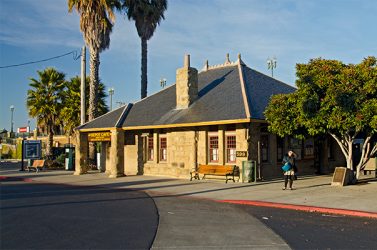
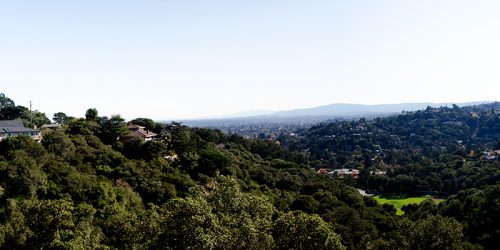
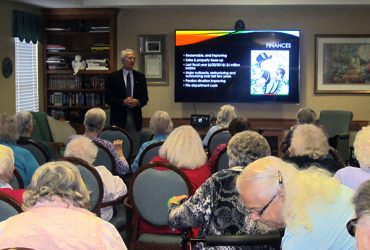
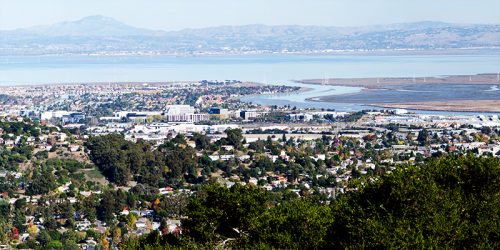
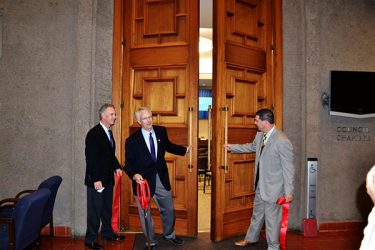
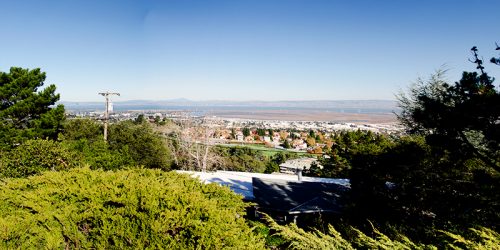

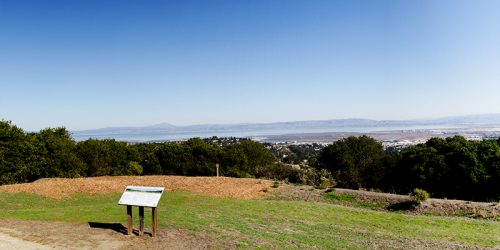
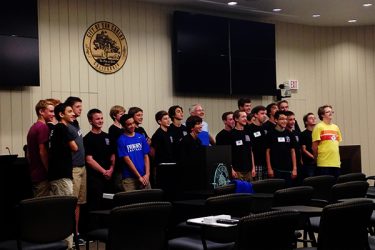
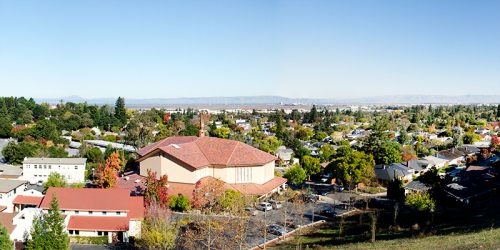
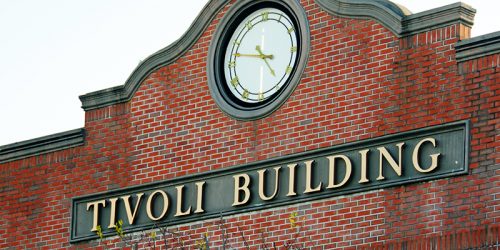
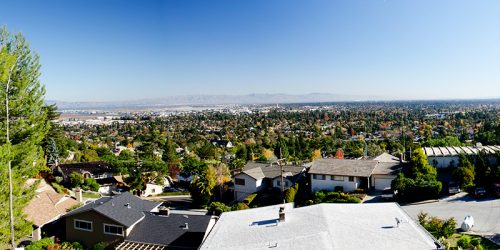
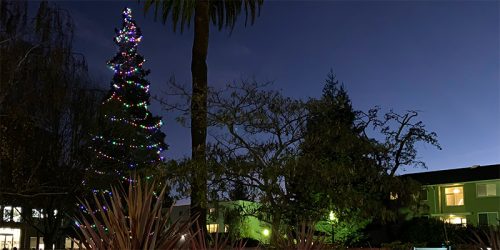
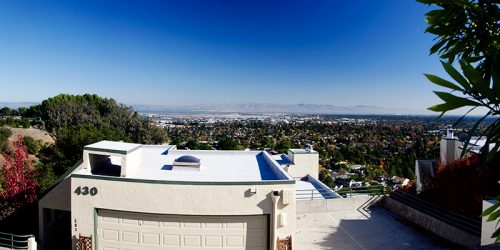
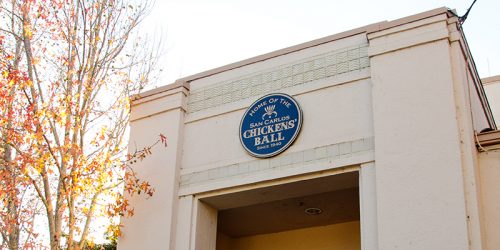
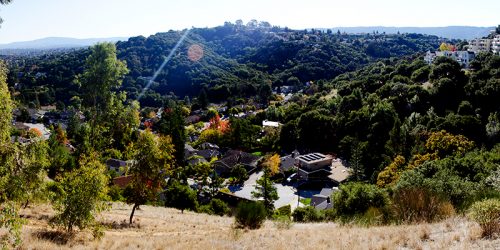
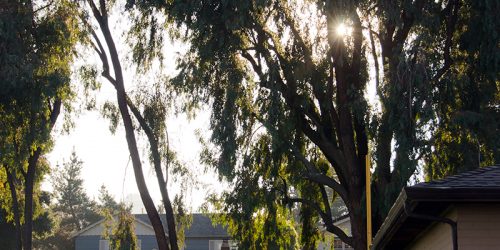
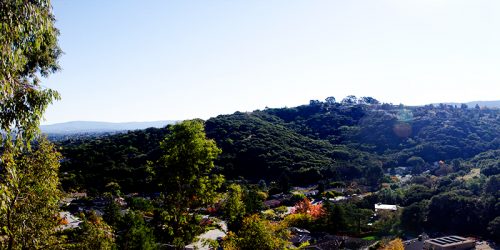
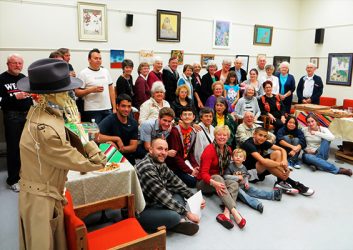
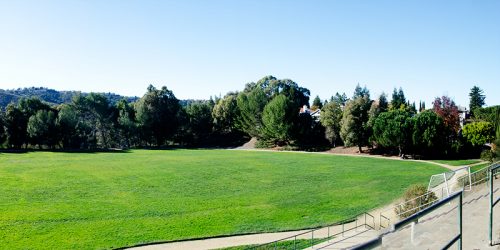
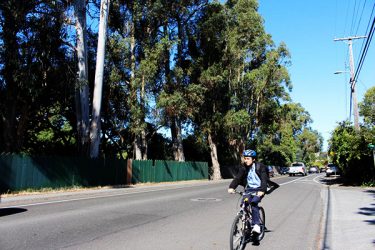
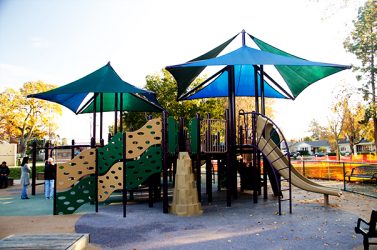
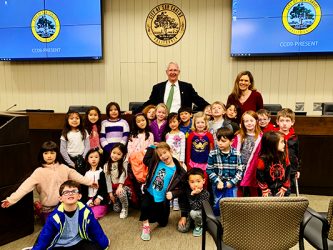
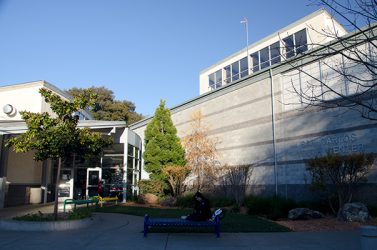

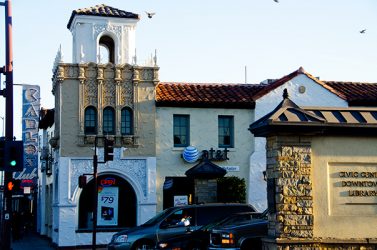
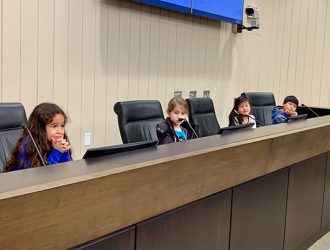

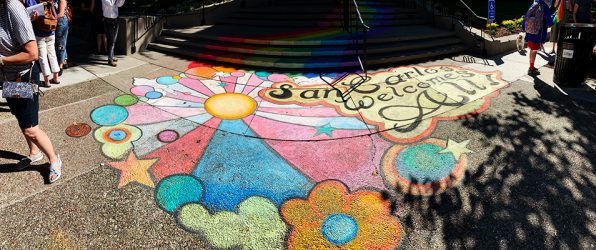
6 thoughts on “Downtown Laurel Street Program Extended”
I guess the question re. non restaurant business is how are they doing compared to other non restaurant business not on the closed section. Did they previously get business from people who looked them up or knew them? If so, Do people really not visit them now because they have to walk a bit further? If much of their business used to be casual drop ins then would removing the closure make any difference as I wonder if foot traffic would be down anyway due to covid. I guess what I’m gering at is that I’m curious whether what the staff of Harvest said is an accurate assessment of the situation or are they looking for someone to blame. Blaming government is the current popular thing to do these days. I don’t know the answers, just musing out aloud.
Thanks for posting this- it’s helpful to know what is being discussed and why a particular decision is made. how are you (and/or business owners) differentiating the effects of the street closure itself from more general effects of Covid on downtown visitors and consumer spending choices? I would think that both factor into the current situation and therefore need to be understood.
Hi Alistair,
I never assume what anyone tells me is true & correct (not even the stuff I tell myself :)). That’s not generally because people are lying — and certainly the Harvest folks weren’t when they were talking to me — but rather because no one person knows everything. And it’s sometimes hard to see “the picture” when you’re deep inside it, struggling with some situation.
That’s why I said while I support the initial action the Council took we and staff failed to monitor how things played out in reality. And quickly make adjustments. We should’ve assumed things weren’t going to work out per expectation — no plan survives contact with reality — and put in place efforts to evaluate what we did.
Instead the inevitable problems got dealt with on an exception basis, and generally only after businesses who were harmed screamed bloody murder (I was the first Council member to take a meeting with a number of them, and let me tell you it was not fun).
That’s a dumb way to run a railroad. Hopefully we’ll learn from it…although extending the program as far out as we did makes me doubt we will. Because it basically took the pressure off ourselves to work the problems we inadvertently created.
One thing I think I’m learning (from anecdotal surveys) is fear of getting infected from all the people dining on Laurel Street is a bigger factor suppressing foot traffic than lack of parking. If so, there are things we can do: institute more rigorous enforcement of health rules (e.g., social distancing, mask wearing), put up signage reminding people to do the same, require restaurants to police their customers, enforce mask wearing outside of restaurants, etc.
I’m sure that list is not exhaustive. But whatever we do it starts with understanding why people who used to shop on Laurel aren’t doing so…and so far the Council has accepted staff’s argument that that’s not feasible to do.
Which, personally, I think is wrong. It’s likely a very important issue, or related to one, and so we need to figure out how to address it.
Hi Mike,
I agree it would be helpful to understand that better (as well as a number of other things related to it). I’ve argued and pushed for months now for us to do that. So far Council has accepted staff’s view it’s not feasible to do so/can’t be done.
I don’t agree with that assessment. I used to do financial/economic analyses for a living and >>everything<< can be analyzed, at least to some extent. Given that right now we're the blind leading the blind >>any<< additional insight would be helpful in policy setting. But I'm just one voice.
Appreciate your thoughtful analysis! One question: who is enforcing mask wearing among wait staff? We have observed many wearing them under their noses only. Doesn’t work that way. We just avoid those restaurants. Not ok.
Hi John,
I haven’t heard reports of that before, so thanx for sharing. I’ll pass it along but encourage you to contact Jeff Maltbie and the rest of the Council directly.